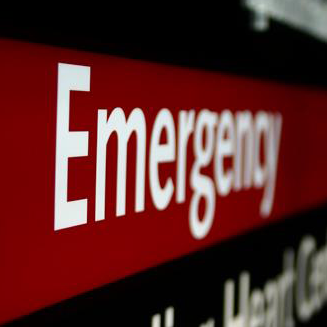Is Helicopter Transport Safe for Divers with Decompression Illness?
Determining if helicopter transport is safe for divers who are suffering from decompression illness after diving; by examining if bubbles actually are increased by the vibration associated with a helicopter flight.
Grant ID: SS-2010-028-BLAKE-DECOMPRESSION
Project Summary
Diving is a common recreational activity for both Queenslanders and tourists alike. It forms the basis for whole tourism industries based on the Great Barrier Reef. Unfortunately diving does have risks which includes decompression illness (DCI). DCI involves formation of gas bubbles and can be fatal. Treatment usually involves re-pressurisation in special chambers designed to ‘squash’ the bubbles and reduce symptoms. Affected divers can only receive this treatment in certain hospitals. They may need to be transported urgently by helicopters from the reef to hospital. However, some people believe that the vibration of the helicopter may increase the number of bubbles and make symptoms worse before divers can access treatment. This study will determine if this is true – will bubbles actually be increased by the vibration associated with helicopter flight? If vibration does increase bubble formation, then in the future alternative strategies for transporting DCI patients can be implemented to reduce the risk to these patients. To ensure safety the vibration record of helicopter flight will be recorded and reproduced using a vibrating basket model. Healthy volunteers accompanying divers in the recompression chamber will be assessed with a special ultrasound to detect bubbles following the ‘dive’ and then placed in the vibrating basket. The number of bubbles present after this will be measured again. This study will help ensure safe transport of injured divers not just in Queensland but internationally. This global importance is represented in the research team, which includes members from both Canada and other Australian states, which are collaborating in a Queensland based study.
Dissemination
Blake, D.F., Naidoo, P., Brown, L.H., Young, D. and Lippmann, J., 2015. A comparison of the tissue oxygenation achieved using different oxygen delivery devices and flow rates. Diving and hyperbaric medicine, 45, pp.79-83.
Gibbs, C.R., Blake, D.F., Smart, D.R. and Banham, N.D., 2013. Pulmonary decompression illness. Emergency Medicine Australasia: EMA, 25(1), pp.91-91.
SHARE




